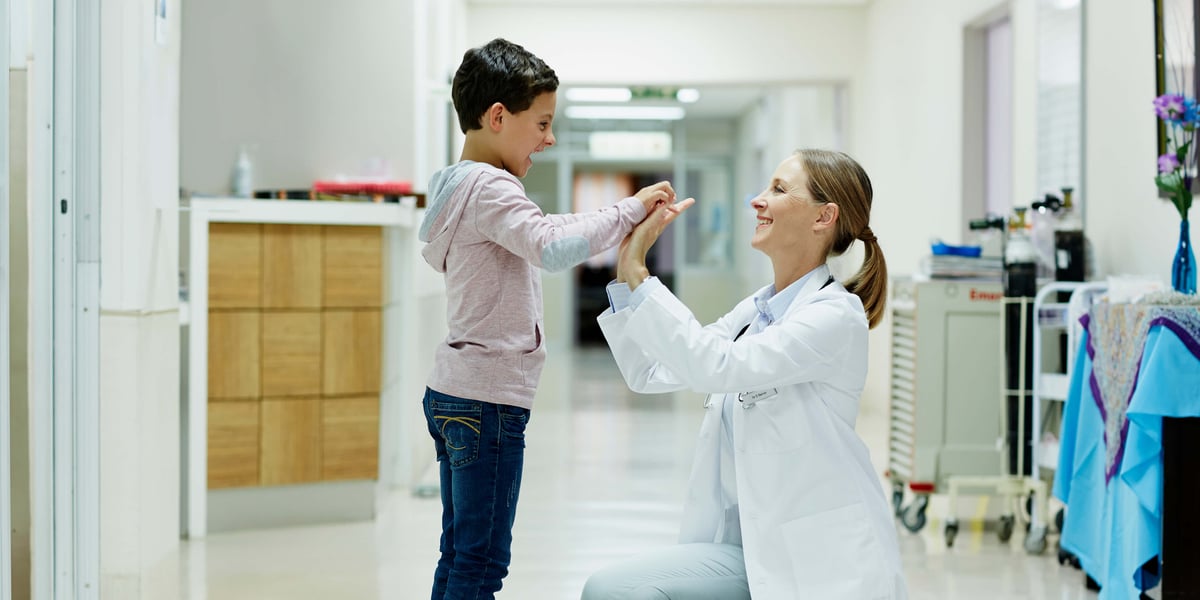Clearing the Epidemic of Healthcare Backlogs with Automation

Jason Warrelmann is global director of healthcare industry at UiPath.
Editor's note (UPDATE): Thank you to all of you who have downloaded the workflow and are actively sharing your results! Vi Ly has created a UiPath framework to assist with COVID-19 detection via x-rays. There are a small number of x-rays publicly available but as more images become publicly available the framework is available for use.
The coronavirus COVID-19 has now infected .0008% of the global population, and the World Health Organization (WHO) estimates this number could double to over 150,000 people by the end of the month. China is scrambling to screen patients in the Hubei province, with hospitals overwhelmed and resources strained. News agencies are reporting massive backlogs of clinical documentation and x-rays that are waiting to be reviewed by radiologists to identify and diagnose patients of this deadly respiratory virus. Patients are sitting in makeshift hospitals, citizens are quarantined in their homes, and some travelers have been forced to stay on cruise liners until the port clears them.
The issue of ‘hospital backlogs’ is not new, and hospital administration, government officials, and recently even data scientists have been accelerating their efforts to solve this widespread challenge through technology. We believe our industry can help provide a meaningful improvement here. By combining machine learning (ML) and Robotic Process Automation (RPA) into a single deployable model, we have the ability to compress diagnosis timelines by 50% or more, while also improving accuracy and patient care.
One such example, although experimental, is a use case for the rapid diagnoses of tuberculosis and pneumonia. Vi Ly, an RPA developer and researcher at the University of Texas Health Science at Houston, has built such a demonstration to illustrate how these automation technologies can be easily combined to accelerate diagnoses:
Access Ly's free UiPath Activity
Ultimately, academic and clinical institutions are looking for a combination of speed and scale so that they can diagnose patients in real time, share the model, and maintain it across their region without a heavy technology lift.
Another example, Amitech, a healthcare analytics consulting firm in St. Louis, Missouri, recently approached the issue of ‘hospital backlog’ related to the evaluation of “high-risk pregnancies” for over 200,000 expecting mothers in a single hospital system. By combining their ML algorithm with UiPath automation, they enabled scalability across clinics, reduced risk evaluation, and cut the time to prioritize appointments.
When lives are at stake, speed to appropriate treatment is critical. One example of how to decrease clinical backlog and increase speed to treatment is our high-risk pregnancies use case. We recently developed an automated machine learning and workflow model with UiPath RPA to enable scalability across clinics, leading to reductions in high-risk pregnancy evaluations and care management plan prioritizations from four weeks to 20 seconds.
Jeff Hatfield, vice president of client services, Amitech
Gartner recently coined the blending of technologies like this as hyperautomation—and it’s set to be the major focal point of healthcare in 2020. We encourage the healthcare community to download the workflow, start to experiment with these models, and share your results. Together, we have the opportunity to develop technology-enabled solutions that can make an impact on backlogs—and aid in preventing the next potential worldwide epidemic faster.
Please feel free to email the UiPath healthcare team anytime for assistance.

Global Director of Healthcare and Life Sciences, UiPath
Get articles from automation experts in your inbox
SubscribeGet articles from automation experts in your inbox
Sign up today and we'll email you the newest articles every week.
Thank you for subscribing!
Thank you for subscribing! Each week, we'll send the best automation blog posts straight to your inbox.



